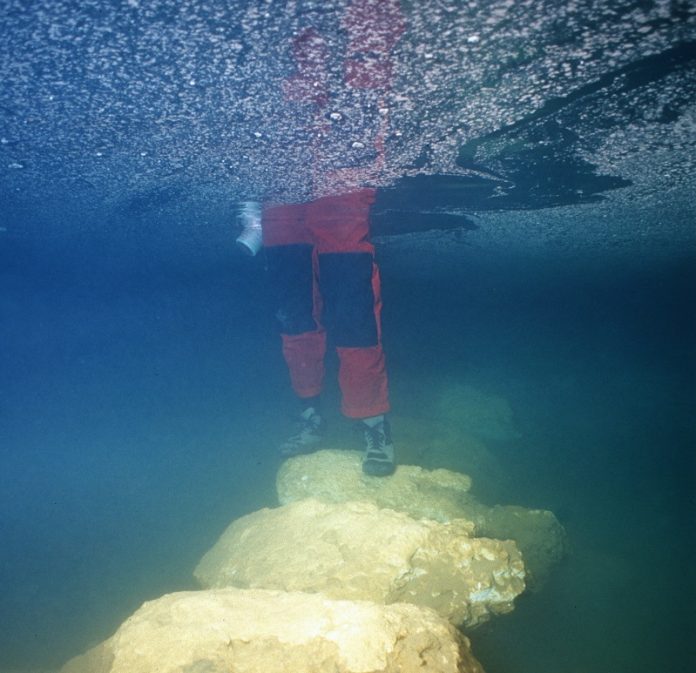
A recent study led by the University of South Florida has uncovered new evidence that humans settled in the western Mediterranean much earlier than previously thought.
The research, published in the journal Communications Earth & Environment, challenges long-held beliefs and brings the timelines of human settlement across Mediterranean islands closer together.
Reconstructing the history of early human colonization on Mediterranean islands has always been difficult because of the limited archaeological evidence.
However, a 25-foot-long submerged bridge found in Genovesa Cave on the Spanish island of Mallorca has provided new insights.
This bridge, along with other artifacts found in the cave, suggests that humans were present on Mallorca over 6,000 years ago, much earlier than previous estimates.
The research team, led by Professor Bogdan Onac from USF’s geology department, discovered that this ancient bridge was part of a sophisticated system built by early settlers.
The presence of the bridge indicates that these early humans were aware of the cave’s water resources and built infrastructure to make use of them.
This level of planning and construction points to a more advanced and organized society than previously believed.
Genovesa Cave is located near the coast of Mallorca and has passages that are now flooded due to rising sea levels over thousands of years.
The team found distinct calcite formations on the bridge that formed during periods of high sea level.
These formations, along with a light-colored band on the bridge, helped the researchers track historical sea-level changes and accurately date the bridge’s construction.
Mallorca, the sixth-largest island in the Mediterranean, was previously thought to have been one of the last islands to be settled by humans.
Earlier research suggested human presence on the island as far back as 9,000 years ago, but the evidence was inconsistent and not well-preserved, leading to doubts.
More recent studies, which analyzed charcoal, ash, and bones found on the island, suggested human settlement occurred about 4,400 years ago.
This newer timeline aligned with the extinction of a goat-antelope species called Myotragus balearicus, a significant environmental event.
However, the discovery of the submerged bridge and its dating to around 6,000 years ago pushes back the timeline of human settlement on Mallorca by over 2,000 years.
This finding narrows the gap between when humans settled the eastern and western parts of the Mediterranean, offering a more unified timeline for human colonization in the region.
Professor Onac emphasized that this research highlights the importance of collaboration between different scientific disciplines in uncovering historical truths and deepening our understanding of human history.
The study not only provides a clearer picture of early human activity in the Mediterranean but also showcases the innovative methods scientists are using to piece together our past.
Source: University of South Florida.



